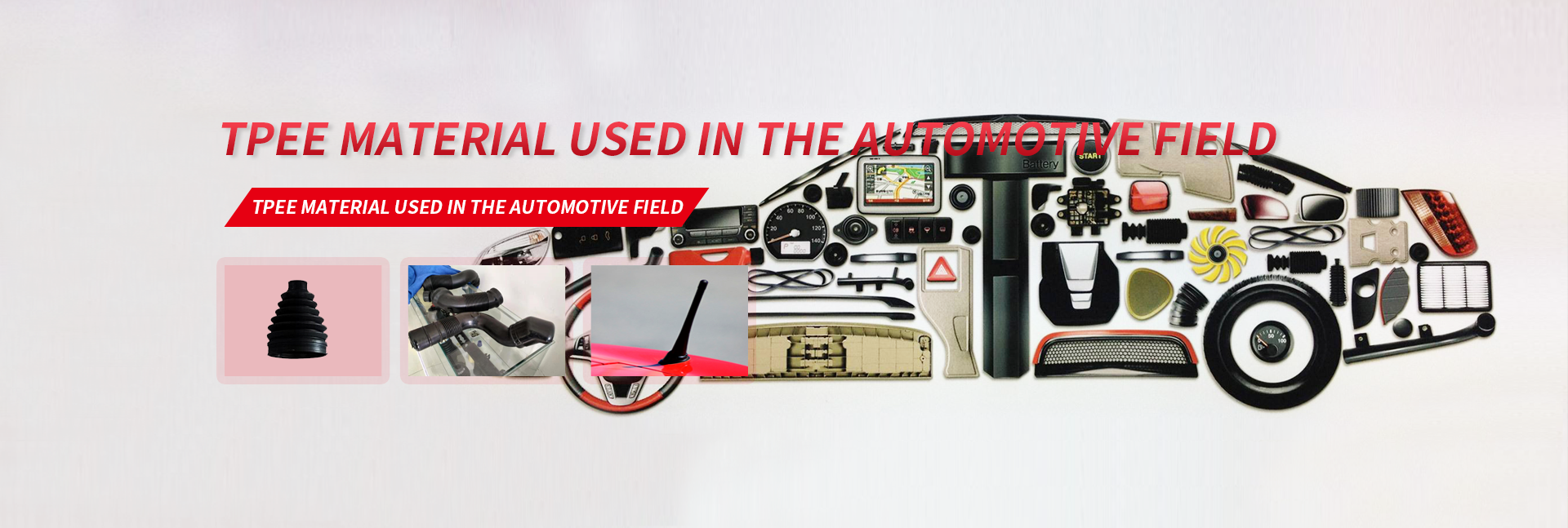Exploring Modified Polyurethane (PU): A Versatile Material for Advanced Industrial Applications
Time of issue:2025-03-26 10:48
source:
author:
Exploring Modified Polyurethane (TPU): A Versatile Material for Advanced Industrial Applications

At [Dowren New Material (HENAN) Co., Ltd.], we specialize in developing cutting-edge thermoplastic elastomers, including TPEE, PTFE, PPS, FEP, PFA, and modified TPU. As a global leader in material science, we aim to empower industries with high-performance solutions tailored to meet evolving demands. In this article, we delve into the science and applications of modified polyurethane (TPU), a versatile material reshaping sectors from automotive to sports and beyond.
What is Modified TPU?
Polyurethane (TPU) is a synthetic polymer renowned for its elasticity, durability, and adaptability. Through chemical or physical modification, we enhance its properties to address specific industrial challenges. Common modifications include:
- Crosslinking to improve structural integrity.
- Addition of fillers (e.g., carbon nanotubes, silica) for conductivity or reinforcement.
- Surface treatments to enhance adhesion or resistance to chemicals, UV radiation, or hydrolysis.
Modified TPU offers a balance of flexibility and strength, making it ideal for applications where traditional materials fall short.
Key Advantages of Modified TPU
-
High Elasticity & Resilience
Modified TPU can retain its shape after repeated stress, making it suitable for dynamic environments like automotive suspensions or sports equipment. -
Tailored Performance
Whether you need flame retardancy, antistatic properties, or high-temperature resistance, modifications allow us to customize TPU for niche requirements. -
Durability
Enhanced resistance to abrasion, oils, and environmental factors ensures longevity in harsh conditions. -
Lightweight Design
TPU’s inherent lightness combined with modification improvements supports lightweight solutions critical for industries like aerospace and automotive.
Applications Across Industries
1. Automotive
- Bumpers & Seals: Modified TPU provides impact resistance and weatherproofing.
- Interior Components: Soft-touch surfaces and flame-retardant properties enhance safety and comfort.
2. Sports & Recreation
- Footwear: Engineered TPU soles offer cushioning and grip, while silicone-modified TPU (e.g., for sports courts) balances elasticity and traction.
- Protective Gear: Impact-absorbing TPU padding shields athletes in helmets and knee guards.
3. Industrial Machinery
- Gears & Rollers: High-strength TPU reduces friction and noise in machinery.
- Seals & O-rings: Chemical-resistant TPU ensures leak-free performance in industrial settings.
4. Medical Devices
- Tubing & Prosthetics: Biocompatible TPU meets FDA standards for medical applications, offering flexibility and durability.
Innovations in Modified TPU
- Conductive TPU: Used in EMI shielding for electronics, preventing signal interference.
- High-Temperature TPU: Resistant to extreme heat, ideal for automotive under-the-hood components.
- Environmentally Friendly Solutions: Bio-based TPU variants reduce carbon footprints without compromising performance.
Why Choose [Dowren New Material (HENAN) Co., Ltd.]?
With decades of expertise, we combine state-of-the-art technology and sustainability to deliver modified TPU solutions that exceed global standards. Our products undergo rigorous testing for:
- Mechanical Strength (tensile, compression).
- Chemical Resistance.
- Regulatory Compliance (e.g., FDA, RoHS).
We collaborate closely with clients to develop custom formulations, ensuring seamless integration into their manufacturing processes.
Conclusion
Modified TPU represents the future of materials engineering, offering unmatched versatility and performance. Whether for automotive innovation, sports technology, or industrial reliability, [Your Company Name] is your partner in unlocking its full potential.
Contact us today to explore how our modification TPU solutions can elevate your products and drive success in a competitive market.
Stay tuned for more insights into thermoplastic elastomers and industry trends!
Note: This article is for informational purposes only. For technical specifications or customized solutions, please visit [DOWREN|TPE|TPEE] or contact our team directly.
DOWREN NEW MATERIAL (HENAN) CO.,LTD
TELL:Selina.Liu +86-0393-8993626 / +86 18137458807
ADD:150 meters north of the intersection of Zhongyuan Road and Pushang Road, Puyang City,Henan Province
EMAIL:dowren@dowren.com

WhatsApp (+86 18137458807)





